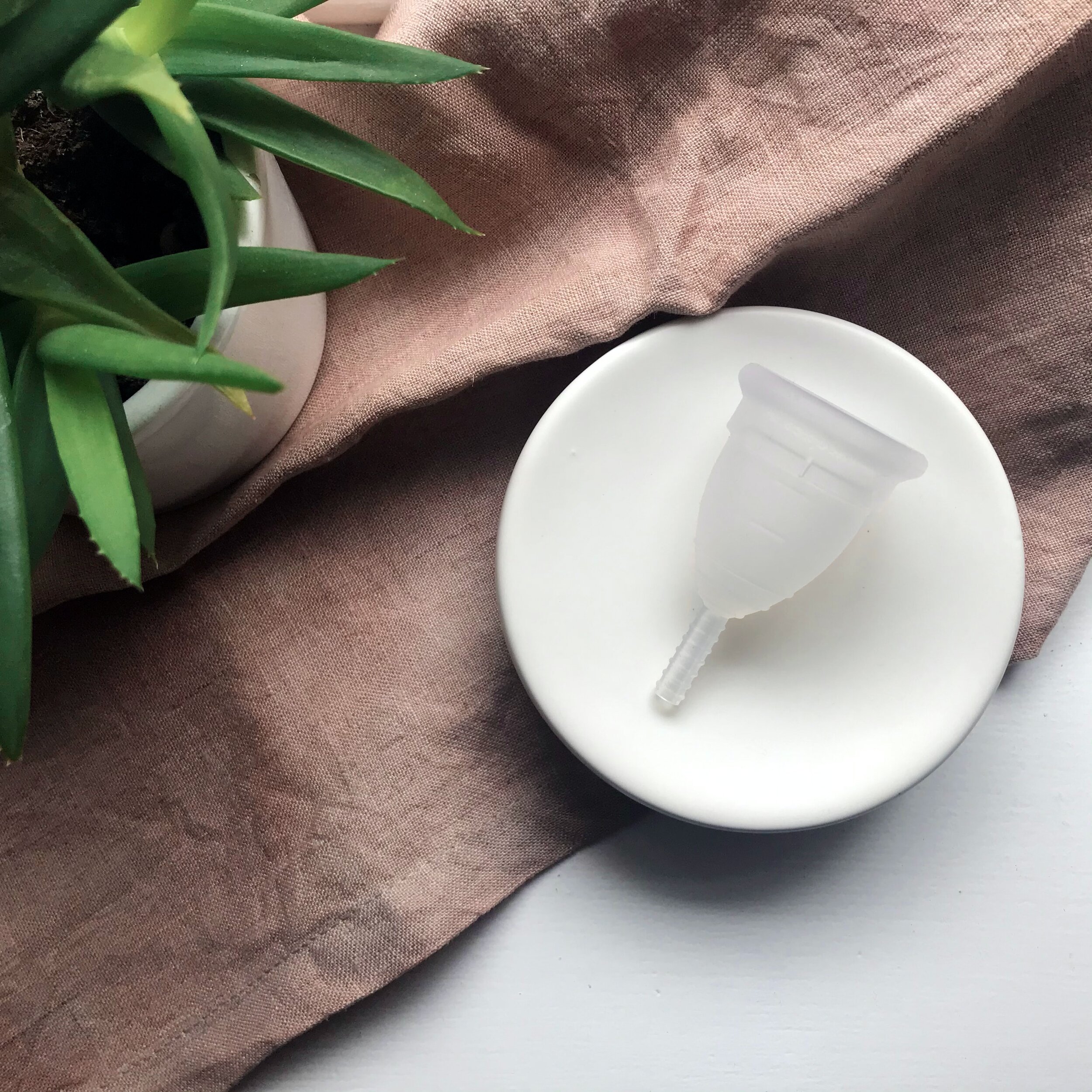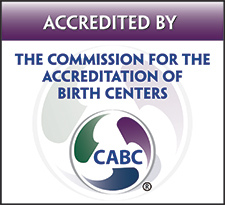The average vagina-owner will have about 450 periods in their lifetime. That’s the equivalent of 10 years spent menstruating and over 11,000 tampons that end up in landfills. While we have been socialized to keep this time of the month shrouded in secrecy, your menses deserves to be celebrated! Although cycles can vary widely in length, amount of bleeding, and level of discomfort, having a regular period is one of the primary indicators of overall health. We want to take some time this week to shed light on all the wonderful period products that can both aid your comfort AND help our planet.
Reusable cloth pads are one of the most sustainable period products available, and Western New York is fortunate to have a local maker that specializes in them. Girly Pads offers reusable cloths pads in a variety of beautiful fabrics and sizes, so that you have the right level of coverage for all of menstrual needs. The inner lining is super soft and absorbent. Best of all, they’re easy to wash for the next time you need them. Just rinse by hand, throw in the washing machine with regular laundry and soap, then dry on medium heat. Reusable pads both reduce your waste and save you money. These have been my go to since I had my daughter a couple years ago. For some reason, I’ve had an aversion to anything insertable, and I love picking out a special pattern for each of my bleeding days. Check out our selection the next time you’re at the Coit House.
Period underwear are another great option that have seen a dramatic increase in popularity over the past few years. Similar to reusable cloth pads, period panties can be easily laundered for use again and again. Although period underwear require an initial investment, making the transition will save you money in the long run and will protect our planet from the unnecessary waste generated by traditional, single-use period products. They’ll also save you the worry of leaks during a long day or overnight (or after sneeze-induced gush). There are several companies you can check out, each with a variety of styles, colors, levels of absorbency, and price points to fit every body’s needs. Here are a few that we like: Knix, Modibodi, The Period Company, Dear Kate, and Thinx.
Menstrual cups are another great way to reduce your waste, save money, and stop worrying about leaks. They are small, funnel-shaped cups made out of flexible rubber or silicone that are easily inserted into the vagina to collect period fluid. Cups can hold more than traditional pads and tampons and can be worn for 6-12 hours at a time, depending on your flow. Most come in two sizes: one for people under 30 or who have never given birth and one for people over 30 or who have given birth. They even last for 6-10 years with proper care.
To insert a menstrual cup, wash your hands thoroughly, get into a comfortable position (usually sitting on the toilet, standing with one leg up on the tub, or squatting), tightly fold the cup in half and hold in one hand, then insert the cup with the tim up into your vagina like you would a tampon without an applicator. The cup should sit a few inches below your cervix. Once the cup is in your vagina, rotate it with your finger. This will cause the flexible cup to spring open creating an airtight (and leak-proof) seal. If it’s your first time inserting a cup, you might want to put some water or a water-based lube around the rim to ease the insertion process. As long as the cup is properly placed, you should be able to run, jump, sit, stand, and carry on your normal activities without it falling out. To remove the cup, just squeeze the base to release the seal and pull down. After taking it out, you’ll want to rinse and wash the cup with a gentle, unscented, and oil-free soap before reinserting. Between periods, you may also want to sterilize your cup with a boiling water bath. There are tons of brands to choose from, but our favorite is made by Honey Pot. You can find these at the Coit House or on our website.
Another option similar to cups are menstrual disks. These use gravity, rather than suction, to stay in place in the vaginal canal. When in the correct position, they are tucked behind the pelvic bone in the vaginal fornix (where the vaginal canal meets the cervix). Discs can be worn for up to 12 hours, and there are excellent reusable and single-use options. They can even be worn during sex for mess-free period pleasure.
To place a menstrual disk, wash your hands thoroughly, get into a comfortable position (usually sitting on the toilet, standing with one leg up on the tub, or squatting), squeeze the sides of the disc together so that it is about the size of a tampon, then insert the pinched disc pointing down and back into your vagina past the pubic bone. It should sit at a vertical angle so that it completely covers your cervix. To take it out, sit on the toilet, insert your finger into your vagina and hook it under the rim, and pull straight out. If you’re having trouble reaching the disc, bear down with your pelvic muscles to untuck the rim from behind your pubic bone. The care of reusable discs is the same as that for cups. A great reusable option is made by Nixit. For those looking for disposable discs, especially on their heaviest days, we love Flex. You don’t even have to remove Flex discs to empty them, just fully relax your pelvic floor while sitting on the toilet, and the period fluid will release. We encourage you to take this awesome quiz from Period Nirvana to find the right menstrual cup or disk to fit your needs.
If you’re not quite ready to make the switch to reusable period products, and prefer to stick to more traditional, single-use pads and tampons, we highly recommend Natracare products. They offer a variety of pads, liners, and tampons to fit your needs, and each product is made with *just* organic cotton. They also don’t use any plastic packaging, which really ups their sustainability ante. Natracare products can be found in many stores, including Wegmans. We also keep a stock at the Coit House and give a box to each of our clients postpartum.
We truly hope you celebrate your next menses with the comfort and care you deserve!
Be sure to head over to our Happier Period giveaway on Instagram. Enter to win an incredible prize package featuring some of our favorite products to promote menstrual wellness and joy.
Author Mary Badame is the Quality Assurance Manager at Fika Midwifery and is a passionate advocate for midwife-led care, increased birth options, and better reproductive healthcare for everyone.




